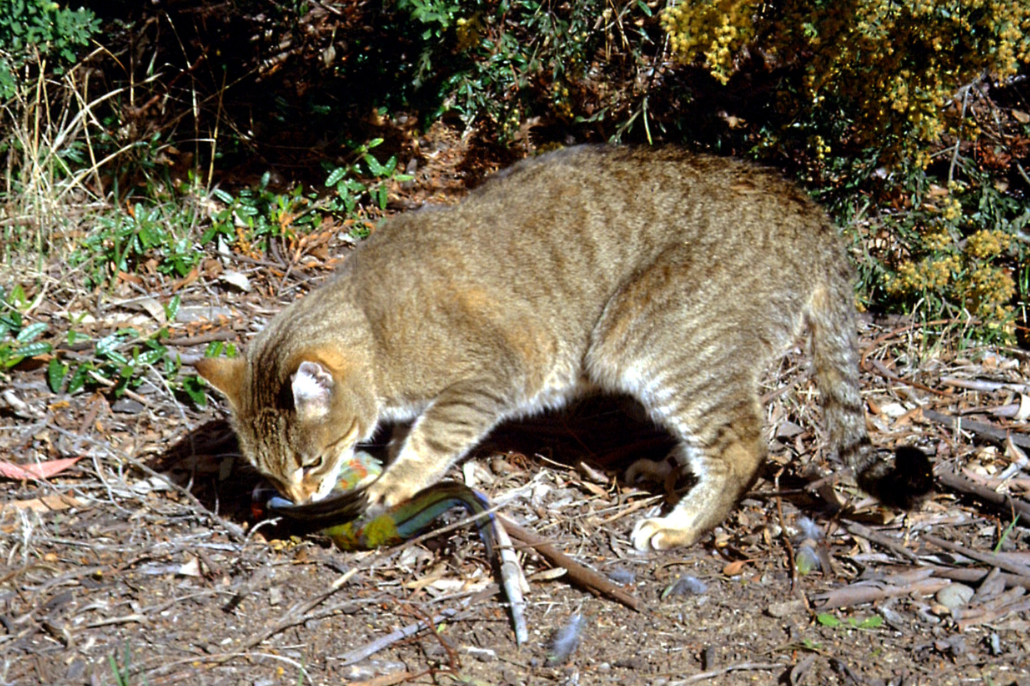Feral Fauna Must Be Controlled!
Published 1st April 2022. Written by Maddison O’Brien
If you have land, chances are you have feral animals on your property. Australia’s unique native plants and animals have adapted to life on an isolated continent over millions of years. Since European settlement, they have had to compete with introduced animals for habitat, food and shelter. Some have also had to face new predators. These new pressures have also caused a major impact on our country’s soil and waterways and its native plants and animals.
Feral cats alone are a huge problem, putting pressure on native wildlife and accelerating extinction rates. A 2020 Smithsonian report found that each feral cat in Australia kills 390 mammals, 225 reptiles, and 130 birds every year. That adds up. Every year, feral cats kill 1.4 billion native Australian animals! It’s important to note that the report also found that pet cats in Australia kill up to 390 million animals every year.
Foxes, pigs, goats, rabbits, deer, mice, and rats all have a destructive impact on our landscapes and farms; grazing on crops, digging in the ground, stripping vegetation, preying on native animals, and spreading disease. The list goes on. It’s so important that landholders take responsibility to control the numbers of feral animals on their property as best they can.

There are many control methods available for feral animals. These methods include conventional control techniques and biological control. Conventional control methods for feral animals include trapping, baiting, fencing and shooting. During the implementation of any feral animal control program, the guidelines for humane treatment and removal should be followed.
Do you have a Pest Animal Management Plan? There are processes and programs in place to give you the support you need to do your bit to control feral animals. There are some comprehensive resources available through Local Land Services, alternatively, get in touch with us at Watershed Landcare, and we can point you in the right direction.
In a time of increasingly extreme climate conditions, as we recover from the Black Summer bushfires, we must do all that we can to protect our native species and the long-term productivity of local farms.





